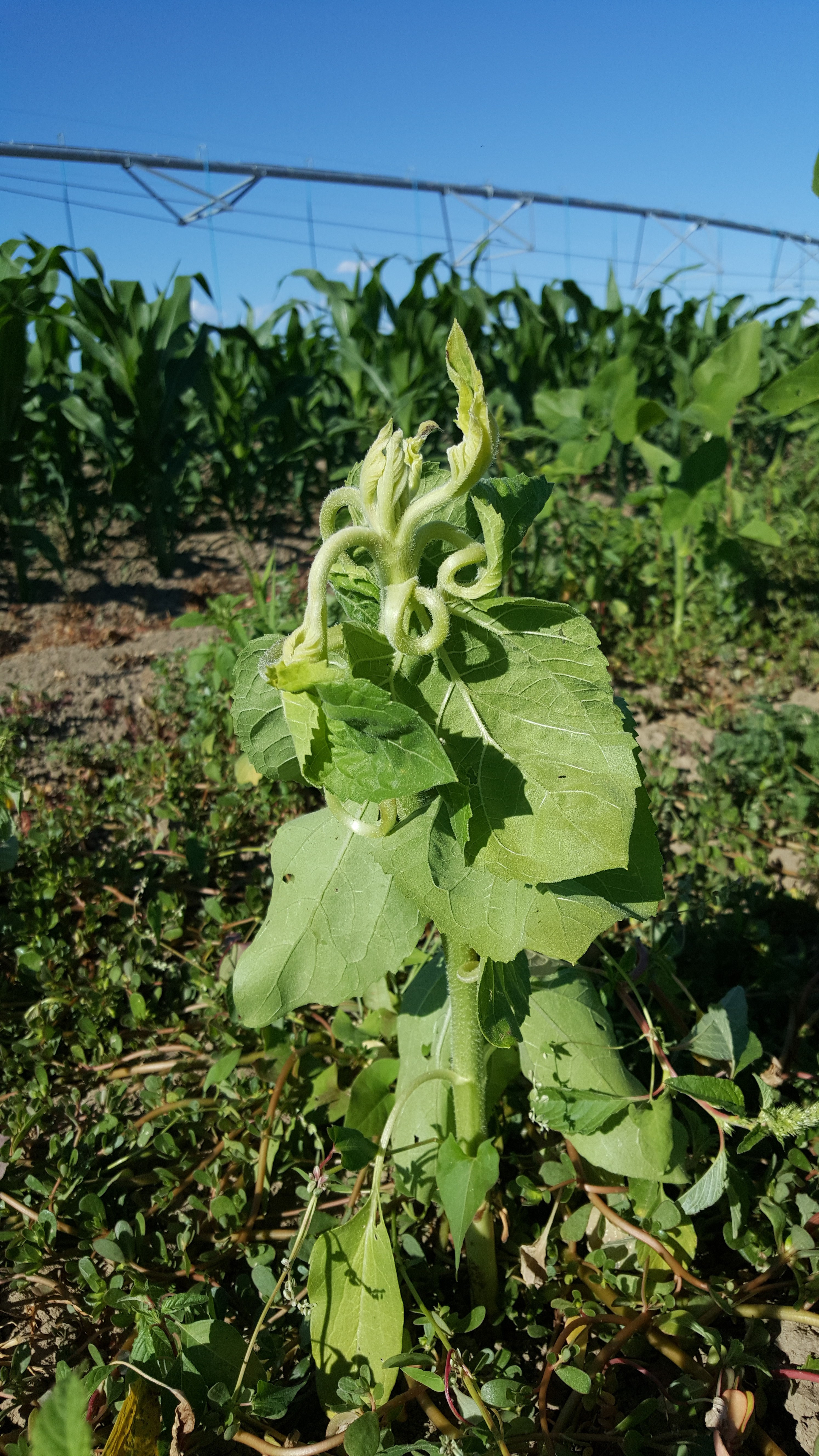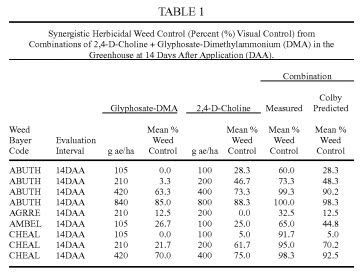Chris Clayton at DTN is reporting this morning that EPA is withdrawing registration of Enlist Duo herbicide. The decision was posted yesterday in court documents. From the DTN report:
“The filing was posted in a Ninth Circuit Court of Appeals case filed by the Natural Resources Defense Council and the Center for Food Safety against Dow AgroSciences and EPA over the regulatory approval of Enlist Duo.”
Withdrawal of the herbicide’s registration will effectively make it illegal to use this herbicide, so this decision could have a significant impact on growers planning to use the technology. The reason for the withdrawal:
“EPA stated it is making that decision based on information Dow filed at the U.S. Patent Office on the product that EPA scientists did not know about regarding the “synergistic effects” between glyphosate and 2,4-D, the two herbicides combined to create Enlist Duo.”
I’m not going to wade too far into the policy (or politics) behind this decision. If you’re on Twitter, I’d recommend following Chris Clayton for the latest information. But I do think this is a good opportunity to explain what “synergistic effects” are with respect to herbicides. Synergism, as you might guess, means that the two herbicides work better when applied together than we would expect based on how effective they are when applied alone. S.R. Colby proposed a relatively simple formula in 1967 to determine the ‘expected’ response to herbicides based on their efficacy when applied alone. The abstract for Colby’s paper is refreshingly short and to the point:
“Abstract. The responses of herbicides applied singly are used in calculating the “expected” response when they are combined. The expected response for a combination is obtained by taking the product of the percent-of-control- values for herbicides applied alone and dividing by (100)n-1 where n is the number of herbicides in the combination.” (Colby, SR. 1967. Weeds. 15(1):20-22.)
So, for example, if Herbicide A provides 30% control and Herbicide B provides 40% control of a target weed, the expected response when the herbicides are combined is 58%. Basically, we’d expect Herbicide B to control about 40% of the plants that Herbicide A left behind. So if the herbicides exhibit a synergistic response, the herbicides would provide much greater than 58% control when combined. Antagonism can also occur, if the herbicides provide much less than the expected response when they are combined.

If two herbicides are synergistic, we can get better weed control, sometimes even at reduced herbicide rates. I’ve published two studies where we found synergistic interactions between herbicides, and in both cases it was very helpful for controlling weeds (Study 1; Study 2). However, herbicide synergism can be problematic if we don’t know about the synergistic interaction ahead of time. If the synergism isn’t known, it is possible that the herbicide mixture could cause injury to crops or other non-target plants. And this seems to be the reasoning behind EPA’s decision to withdraw the Enlist Duo registration.
EPA, in their Enlist Duo registration decision, required a 30-foot downwind buffer between sprayed areas and ‘sensitive areas’ (which are defined as almost anything that isn’t a field, road, or parking lot). [The buffer is meant to protect non-target organisms from spray drift. More on spray drift here.] But EPA apparently didn’t know about the synergistic effects of the herbicide, and so wants time to re-evaluate whether the 30-foot buffer is enough given this new piece of information.
The patent application at the root of this decision can be found here. On pages 8 to 10 of the PDF file, Dow provides several tables that do seem to suggest substantial synergistic activity between the two herbicide active ingredients in Enlist Duo. For example, at very low rates, glyphosate provided 0% control of common lambsquarters and 2,4-D-choline provided only 5% control. But when the herbicides were combined at those same rates, common lambsquarters was controlled 92%! That’s substantially greater than the 5% control predicted by the Colby method. If the data in the patent application are reliable (and we have no reason to believe otherwise), then there does seem to be some significant synergism between these two herbicides. And if this synergistic effect wasn’t disclosed to EPA during the registration process, I guess I’m not too surprised by their desire to give this a closer look.

UPDATE: link to pdf of EPA’s motion in the Ninth Circuit. An interesting read, to be sure. From the EPA’s motion:
“Here, EPA has learned that it did not have all relevant information at the time it made its registration decision. Specifically, Dow did not submit to EPA during the registration process the extensive information relating to potential synergism it cited to the Patent Office; EPA only learned of the existence of that information after the registrations were issued and only recently obtained the information. Ex. 2 (Brady Declaration ¶¶ 4, 5, 8). EPA’s scientists have preliminarily reviewed this data over the last two weeks, and believe, based on that review, that the data indicate that the 30-foot buffer on the approved label may not be adequate to protect non-target plant species located outside the treated fields. Id. ¶ 11. EPA requires additional time in which to fully assess the new information. Id. ¶ 12.”
“Following remand and vacatur of the Enlist Duo registration, EPA would fully evaluate the new information and determine whether a new registration could be issued and, if so, whether additional terms and conditions would be necessary for the new registration.1 To the extent that any interested party is not satisfied with any final action on remand, that party may obtain review of that agency action in this Court in accordance with FIFRA section 16, 7 U.S.C. § 136n.”
UPDATE 2: I’ve been trying to find evidence in the literature about interactions between 2,4-D and glyphosate. There don’t seem to be too many reports of synergism. One paper (Flint & Barrett 1989) show synergism between these two compounds in field bindweed. But other papers (O’Sullivan & O’Donovan 1980; Flint & Barrett 1989) actually show that 2,4-D antagonized glyphosate efficacy in some grass species (wheat, barley, wild oat, and Johnsongrass). This suggests that the synergistic effects reported by Dow in their patent application may be specific to the choline salt of 2,4-D used in the Enlist Duo formulation.
Hat tip to Luke Runyon for the story and the pdf.


Comments are closed.